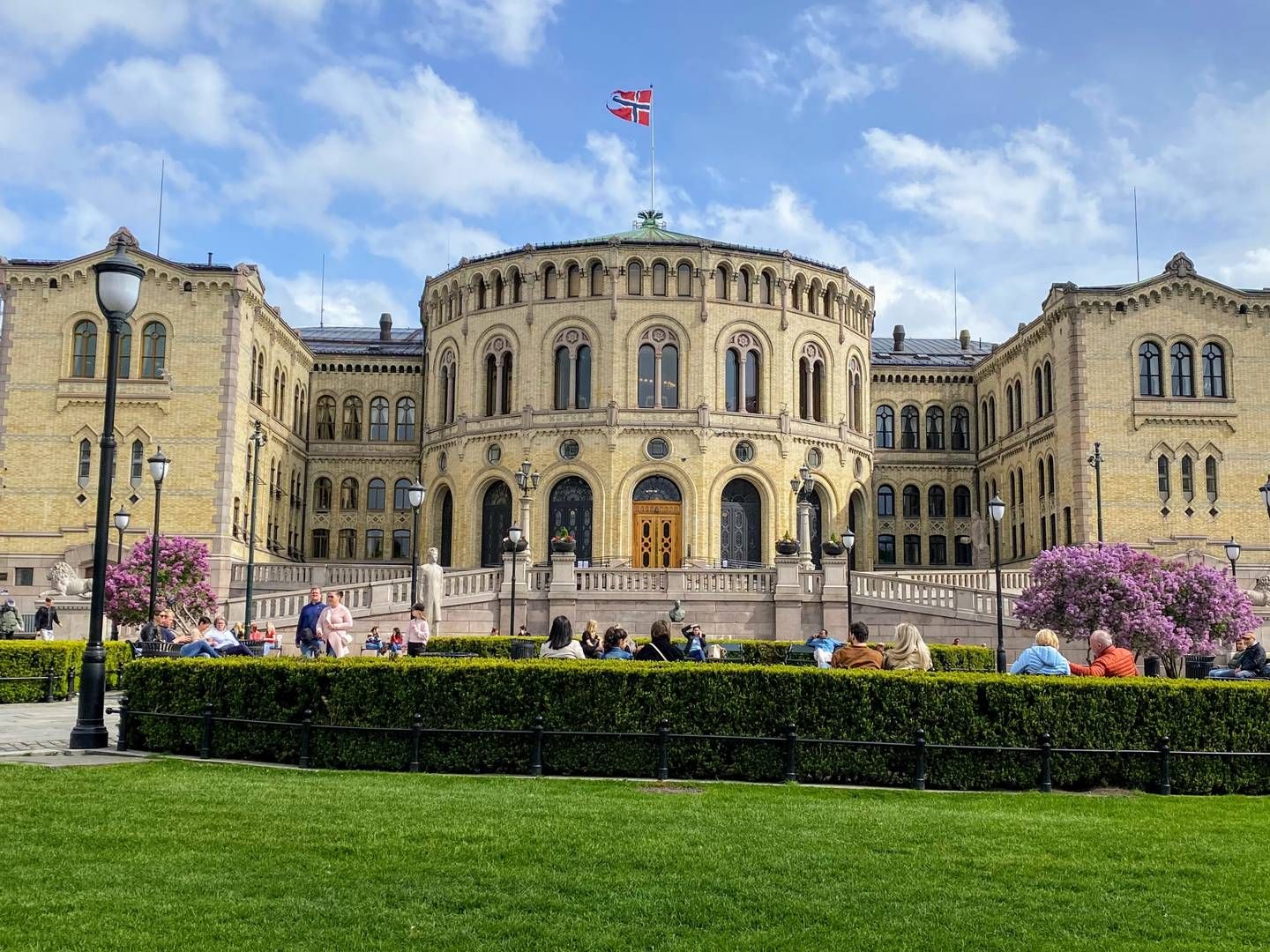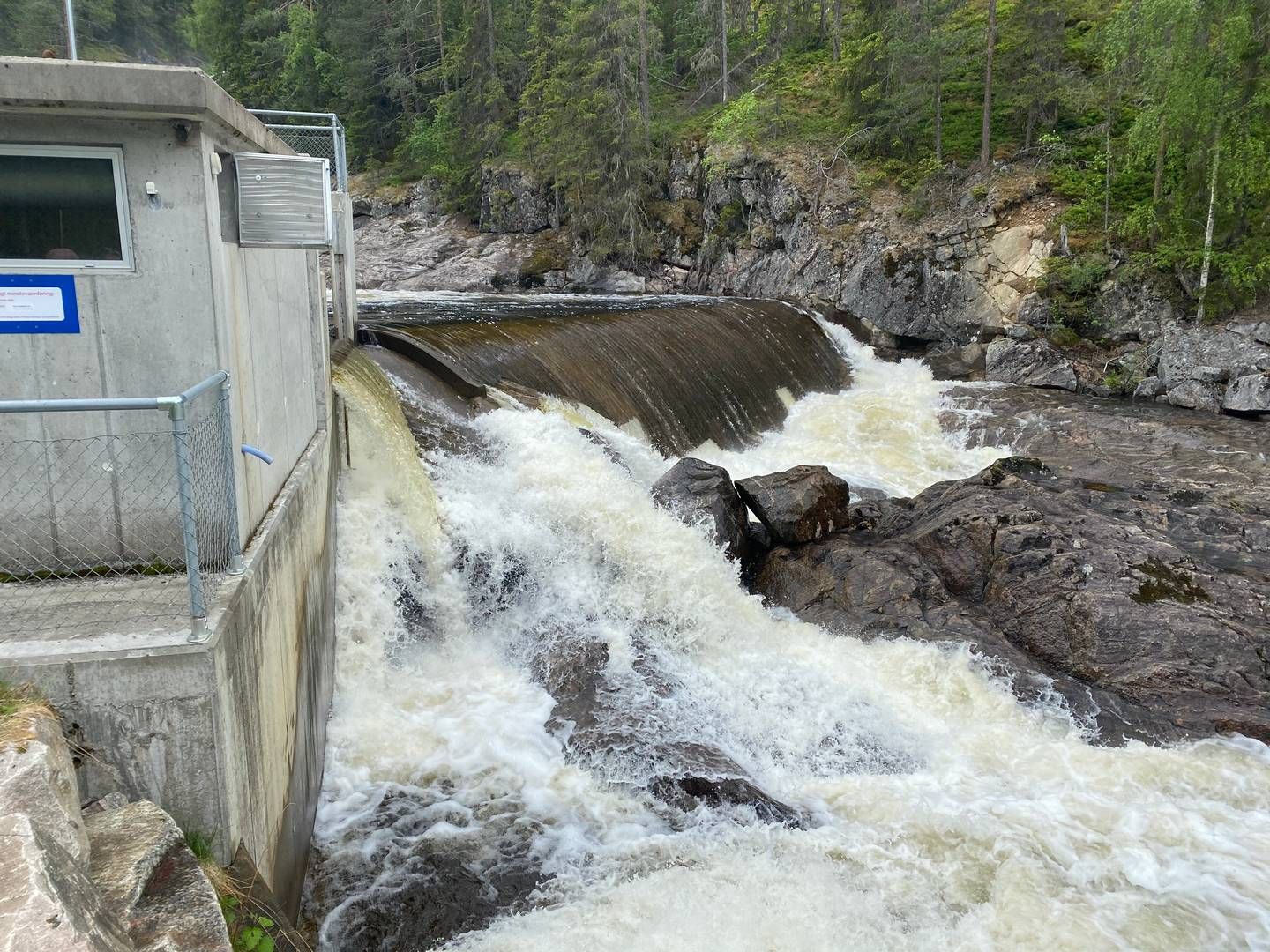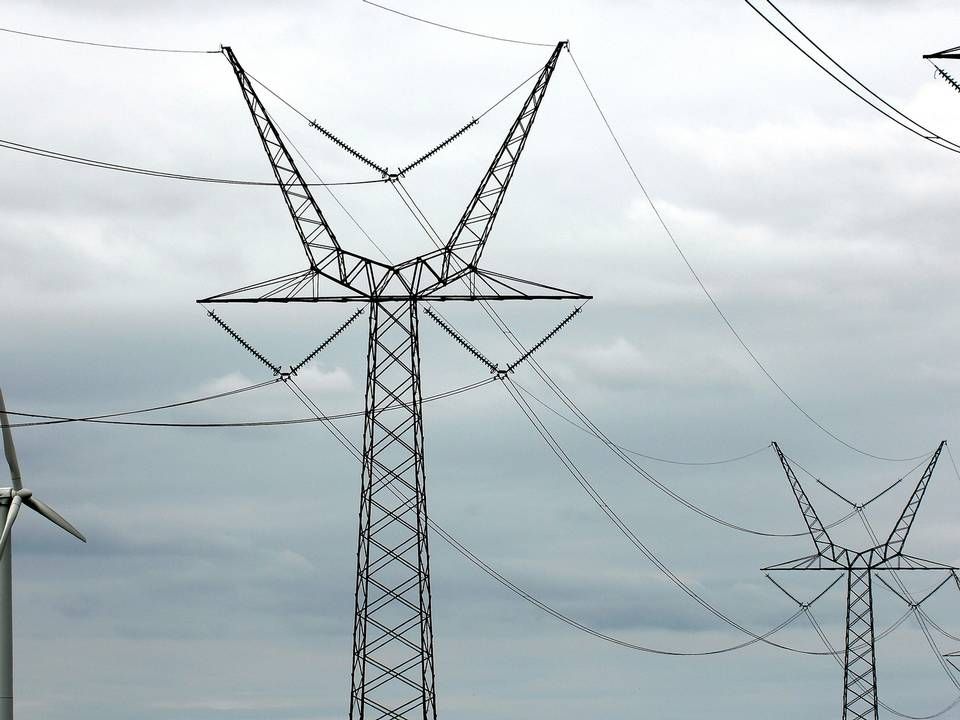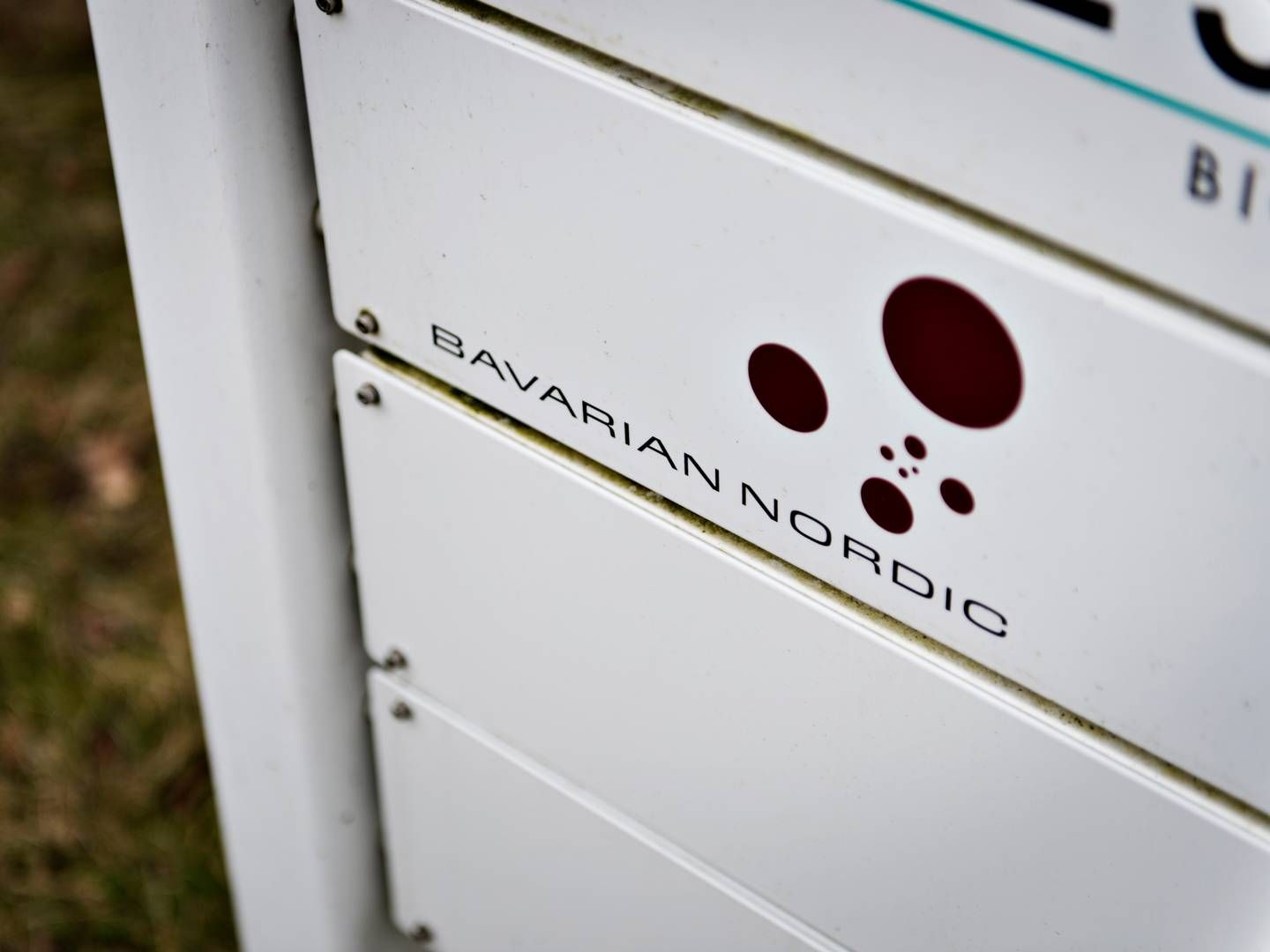Norwegian energy directorate and bank warn of drought and power rationing

Most of Norway’s power is generated by hydroelectric plants dependent on adequate volumes of water behind dams. Right now, the refilling degree of reservoirs is lower than normal, and volumes in western Norway’s NO5 price zone are merely 0.1 percent point above the historical low, show figures from the Norwegian Water and Energy Resources Directorate (NVE).
The energy authority attributes this to a combination of electricity export via transnational interconnectors – especially those between Germany and the UK – as well as very low precipitation during the last six months. NVE is now concerned about a potential drought in the nation’s southern region.
”If there is no significant amount of precipitation in the next few weeks, there is a danger that the groundwater level will drop further. This can cause some people to get dry wells. Cold weather and little rainfall will also give little inflow to rivers and lakes. This can be important for water supply, power production, agriculture, boat traffic and life in the watercourses,” writes Hervé Colleuille, hydrogeologist and section manager at NVE, in a press statement.
Low water levels in reservoirs pose a challenge to power generation, putting upward pressure under domestic electricity prices. At the same time, other problems can arise for fresh water supply, fish and plants, all dependent on sufficient water in lakes and streams. If the situation doesn’t improve, NVE says rationing and water saving measures could become necessary.
DNB fears power rationing
Meanwhile, Norway’s largest bank, DNB, has published an analysis note reviewing, for instance, consequences for Norway and Europe entailed by Russia’s war against Ukraine. DNB Senior Economist Kyrre Aamdal says he’s concerned about what could happen if Russia plugs its gas export to Europe. He fears this could lead to very high power prices in Norway and and the continent, potentially resulting in dramatic depletion of Norway’s hydro reserves.
”Electricity prices could hit new record levels, and hydro reservoirs could be drained so quickly that baseload generation would be jeopardized. In that case, Norwegian authorities could be forced to introduce electricity rationing for power-intensive industry,” the bank economist writes in the note.
Electricity export and reservoir depletion are already contentious political issues in Norway, and demands to stop or reduce electricity export was up for vote in parliament, Stortinget, as recently as last week, when policymakers voted no to curtail outbound flows. However, the question will not simply disappear.
Statnett calls power situation normal
According to transmission system operator Statnett, Norway’s electricity generation is in no danger despite DNB red-flagging drought and rationing. The TSO retains green color coding for the domestic power map for all price areas, meaning all is well and normal.
On Sept. 27 last year, price zones NO2 and NO5 were marked in yellow to indicate tightness. Although the chart reverted to green on Nov. 19, after which Statkraft has not seen itself obliged to adjust the map even though the refilling degree has been lower than normal.
Norwegian parliament rejects limiting domestic power exports
Western Norwegian hydro reservoirs in hit record low
Export cables have reduced Norwegian tariffs by EUR 360m
Related articles
Norwegian parliament rejects limiting domestic power exports
For subscribers
Western Norwegian hydro reservoirs in hit record low
For subscribers
Export cables have reduced Norwegian tariffs by EUR 360m
For subscribers



















.jpg&w=384&q=75)





